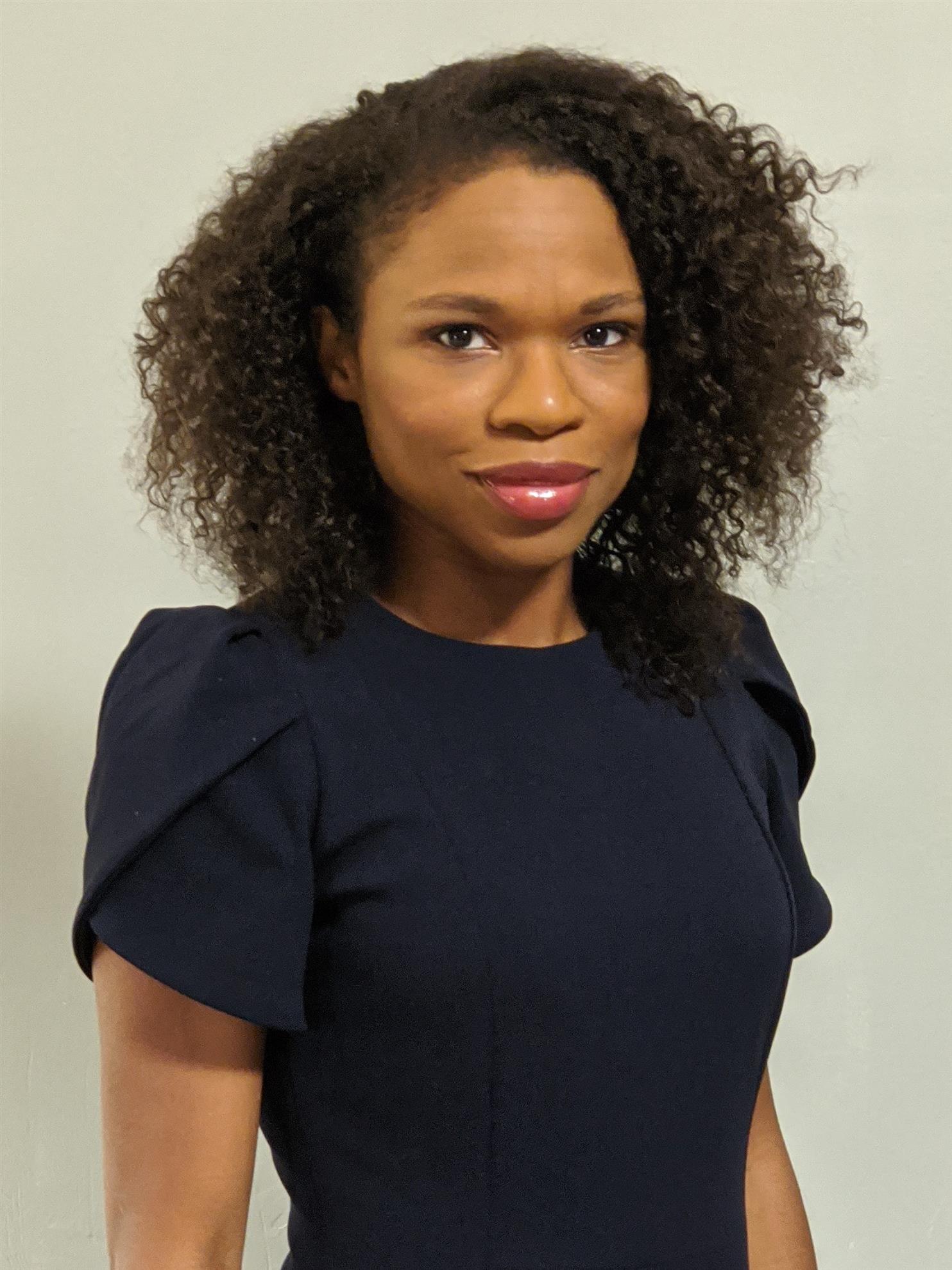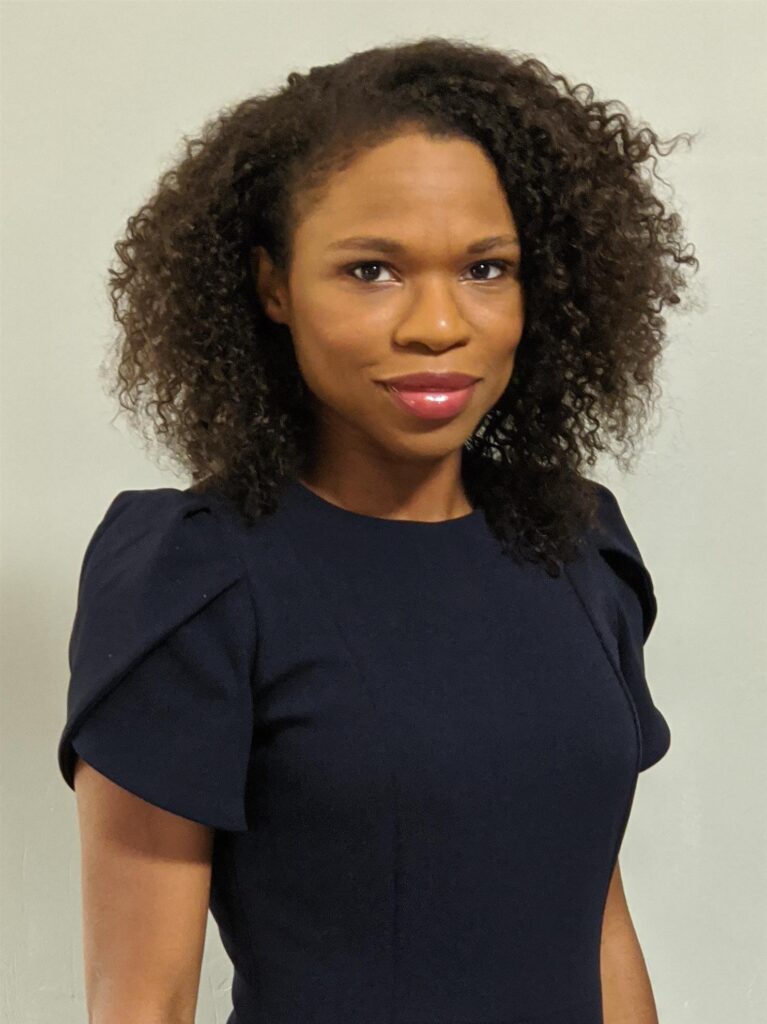
African American girls and women are greatly underrepresented in the STEM majors and the STEM fields (Tan, Barton, Kang, & O’Neill, 2013).
Full Story
The Need
African American girls and women are greatly underrepresented in the STEM majors and the STEM fields (Tan, Barton, Kang, & O’Neill, 2013). Recent events involving Google’s firing of Dr. Timnit Gebru, whose work highlighted bias in Google’s A. I. technology, serves as a discouraging reminder that bias in technology exists, and too often tech companies silence diverse voices (Metz & Wakabayashi, 2020). The lack of representation of African American women in tech leads to the creation of biased technology, and to workplaces hostile to divergent voices. According to Mundy (2017), women are hired in lower numbers than men in the tech industry, and they leave the industry “at more than twice the rate men do.” One can only imagine the challenge for African American women not only working in the tech industry but also choosing to remain there under such conditions. Yet, the problem will not improve by running away from it. We need more African-American girls and women in the computer science industry. We need more African-American women in tech to share diverse perspectives, create products that address diverse needs, and continue to highlight the bias that exists in technology.
My Journey to Computer Science
My journey with STEM education started out well. During middle school, I was invited to a program for teen girls with the Society of Women Engineers (SWE). Through this program, I learned about various types of engineering careers, visited the NASA Goddard Space Flight Center, and toured the Verizon Center (now the Capital One Arena) before the building was finished! The experience with SWE increased my desire to pursue STEM education. High school produced even more opportunities for me to learn about STEM through a science and technology program at my school. Unfortunately, during my junior year of high school, I failed Calculus during the first quarter. I was shell-shocked! I had never had a failing grade in all my school career. I came away from that experience believing that I was “bad” at math. Despite turning that failing grade into an “A” by the fourth quarter, I continued to believe that math was not for me. I decided after high school to never take another math course. I became an English major.
Fast forward… so how did I go from avoiding math like the plague to teaching high school computer science? Well, mostly by happy accident! I was looking for a part-time job while I was enrolled in a Master’s program in Education, when I came across a job notice for a “Computer Science Instructor” at Code in the Schools (a CS education non-profit). The requirements listed were teaching experience and STEM experience, both of which I had, so I decided to check it out. When I was hired, my old fears crept in, and I was nervous that I would not be able to learn or teach this content. After reviewing the curriculum, I saw that much of programming is logic-based. I thought to myself, “Oh, this is just like Algebra!” And, I love Algebra, so I knew I could learn it. Now, I not only teach high school computer science, I lead computer science professional development for elementary teachers.
As a CS teacher, I find that my course is the first CS course for most of my students. I teach at the Baltimore Leadership School for Young Women, an all-girls middle and high school public charter school in Baltimore City. Our school population is 97% African- American. My students often have the same fears that I did when they enroll in my course. They worry that they will not be successful in computer science. I learned much since my first year teaching CS, and have since implemented a number of strategies to assist my students in being successful in my course.
CS Education Strategies to Support African American Girls
I implement the following strategies in my CS courses to support the success of African American girls:
Strategy #1: Start with “Unit 0”
I learned this strategy from Charity Freeman, 2019-2020 Equity Fellow. In her workshop during the 2020 CSTA Annual Conference, Ms. Freeman shared about a unit of curriculum that she teaches before Unit 1 of the standard curriculum. In my classroom, I teach academic skills, learning strategies, and academic terms that students need to know to be successful in any high school level course, but especially in computer science. Some examples of what I teach in Unit “0” are test-taking skills, writing an effective paragraph, study skills, learning styles, and academic terms. Explicit instruction in these skills means that every student in my CS class will begin at the same level of preparedness. For the students who have mastered these skills, they will practice them in the context of CS content.
Strategy #2: Decorate the Classroom Space with Culturally-Relevant “Artifacts”
While there may be many posters of Mark Zuckerberg and the late Steve Jobs encouraging students to pursue CS, their faces on posters in computer science classrooms may have the opposite effect on African-American girls’ interest in CS. Master, Cheryan, and Meltzoff (2015) conducted research to determine if stereotypes in CS discourage adolescent girls from enrolling in introductory CS courses. Master et al. (2015) found that female students were more affected by classroom environments than male students. Their study found that female students’ sense of belonging rated higher in non-stereotypical classrooms (generic decorations), than in stereotypical classrooms (CS paraphernalia associated with white and Asian males). In my classroom, I display posters of diverse students in CS classrooms, and I highlight African American women computer scientists. Something as simple as how CS teachers decorate their classrooms can help African-American girls feel that they belong in those CS classrooms.
Strategy #3: Address the Digital Divide
The COVID-19 pandemic has drastically changed the way most teachers teach and most students learn. We have seen the effects of centuries of systemic racism in segregated education systems, and how that places many underrepresented students, and students from under-resourced backgrounds at a disadvantage. Depending on your region and school district, your students may have limited access to computers and high-speed internet. This needs to be considered as work is assigned in your classroom, especially when considering homework. I do not assign any homework. I provide students with time during class to complete all their work. This practice means that I move through the curriculum at a slower pace, but it also ensures that students have access to the internet when I am asking them to complete work. Are there non-profits, libraries, and/or community centers that can provide students with access to computers? Can you make your curriculum phone-accessible or provide alternative assignments that are phone-accessible? Students may not have access to a computer, but nearly all students have access to a cell phone. I ensure that all my instructional materials are cloud-based or internet-based (e.g. Google docs, YouTube, hyperlinks).
Strategy #4: Inform and Involve Family in Your CS Education Program
As a result of a study, researchers found that support from parents, social norms of the family, and the context of the home had a high influence on girls of color’s interests and persistence in STEM (Koch, Lundh, & Harris, 2019). Family influence and encouragement is a major factor in whether or not girls pursue STEM in high school, college, and in the workforce (Koch et al., 2019). Schools must involve families in CS education. Schools can host a “Family Code Night,” and invite families to try different computer science activities. I taught a “Parent University” on cyber-bullying and responsible social media behavior. During the event, I led parents in some CS activities and discussed the importance of CS education for girls and the college and career opportunities available to girls of color who pursue computer science. Ask your school or district to host a “CTE College and Career Fair” so students and their families can meet with representatives from summer programs, after school programs, internships, and colleges to learn information about opportunities that may be available to their students.
Conclusion
My work in computer science education is inspired by my experience. I wonder what would have happened if I had a teacher like me to encourage me to persist in STEM despite one bad grade. Still, I am happy to be raising up and encouraging the next generation of women of color to pursue education and careers in computer science. My invitation to you is to research and implement practices that will make your CS classroom welcoming and affirming to African American girls!
References
Koch, M., Lundh, P. & Harris, C. (2019). Investigating STEM support and persistence among urban teenage African American and Latina girls across settings. Urban Education, 54(2), 243- 273.
Master, A., Cheryan, S., & Meltzoff. (2015). Computing whether she belongs: Stereotypes undermine girls’ interest and sense of belonging in computer science. Journal of Educational Psychology. 108(3), 424-437.
Metz, C. & Wakabayashi, D. (2020, December 4th). Google researcher says she was fired over paper highlighting bias in A.I. The New York Times, p. B1.
Tan, E., Barton, A., Kang, H. & O’Neill, T. (2013). Desiring a career in STEM-related fields: How middle school girls articulate and negotiate identities-in-practice in science. Journal of Research in Science Teaching, 50(10), 1143-1179.
About the Author
 Eboni Akpan Zook teaches Computer Science and Technology and facilitates a Girls Who Code Club at the Baltimore Leadership School for Young Women (BLSYW), an all-girls public charter school in Baltimore City, Maryland. Eboni is passionate about increasing STEM learning opportunities for young women of color and students from under-resourced communities. Eboni is entering her ninth year as an educator and recently partnered with the Maryland Center for Computing Education (MCCE) to create a unit of Early Childhood Computer Science curriculum integrated with Next Generation Science Standards. As a Code.org CS Fundamentals Facilitator, Eboni has trained hundreds of elementary school teachers in CS curriculum. Eboni has a B.A. in English from the University of Maryland, Baltimore County, and an M.A. in Curriculum and Instruction from Loyola University Maryland. She is working on graduate degrees in Special Education and Technology Education. She resides in Baltimore City with her husband, three daughters, and a cat named Bernadette.
Eboni Akpan Zook teaches Computer Science and Technology and facilitates a Girls Who Code Club at the Baltimore Leadership School for Young Women (BLSYW), an all-girls public charter school in Baltimore City, Maryland. Eboni is passionate about increasing STEM learning opportunities for young women of color and students from under-resourced communities. Eboni is entering her ninth year as an educator and recently partnered with the Maryland Center for Computing Education (MCCE) to create a unit of Early Childhood Computer Science curriculum integrated with Next Generation Science Standards. As a Code.org CS Fundamentals Facilitator, Eboni has trained hundreds of elementary school teachers in CS curriculum. Eboni has a B.A. in English from the University of Maryland, Baltimore County, and an M.A. in Curriculum and Instruction from Loyola University Maryland. She is working on graduate degrees in Special Education and Technology Education. She resides in Baltimore City with her husband, three daughters, and a cat named Bernadette.
